Merida has undergone a renaissance over the past few years.
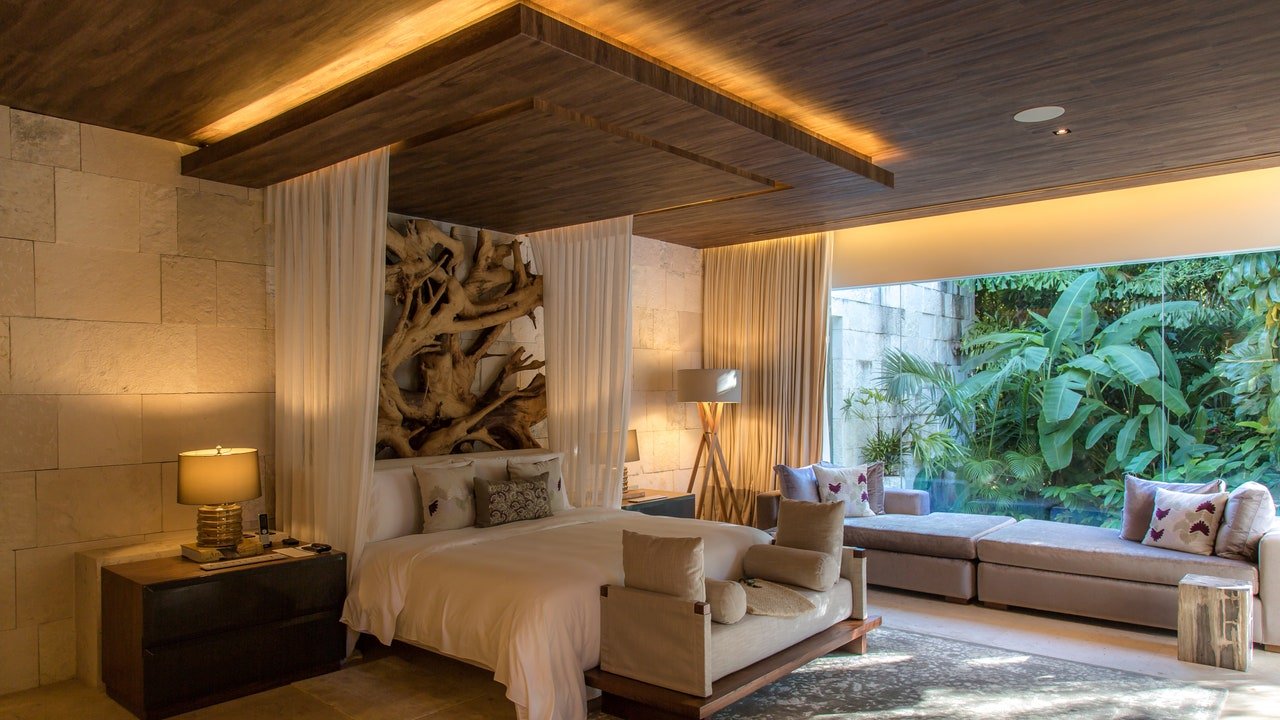

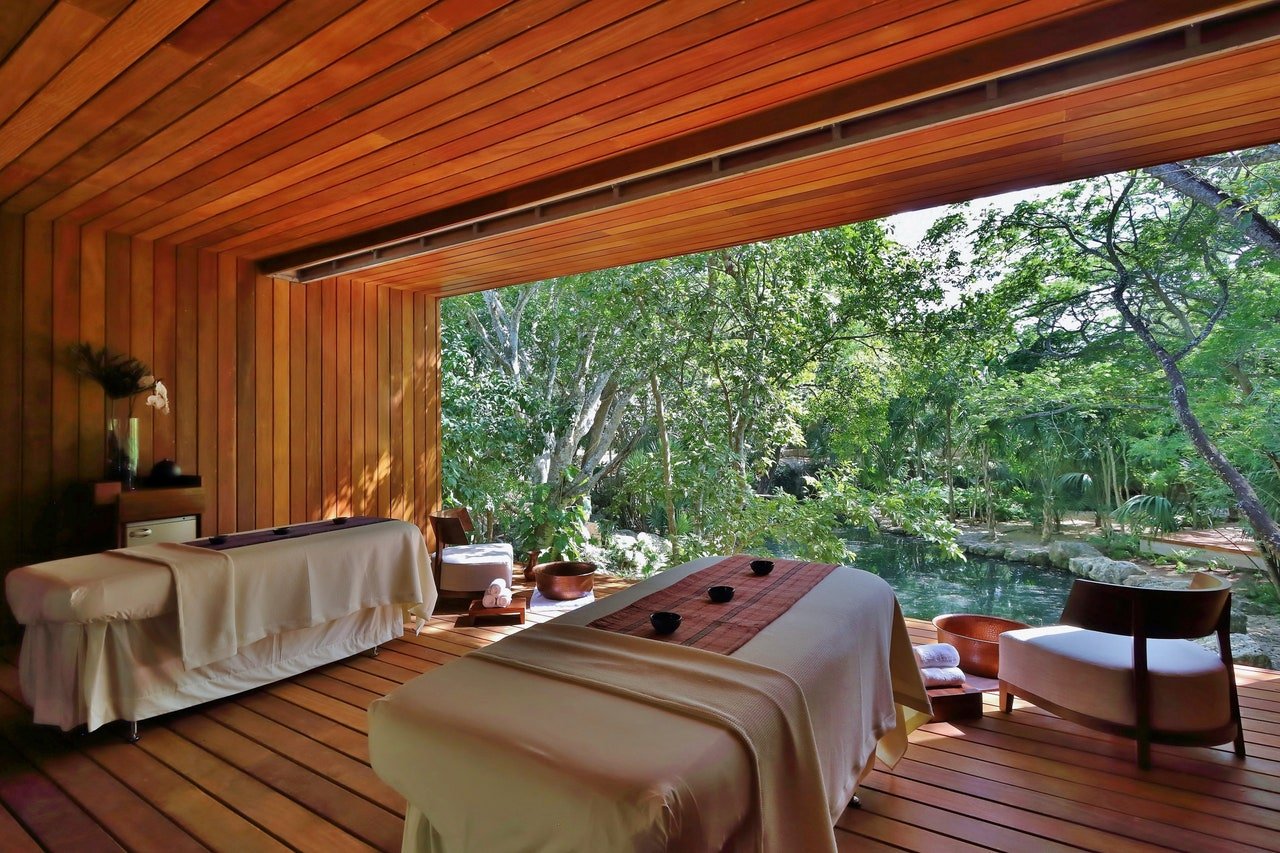
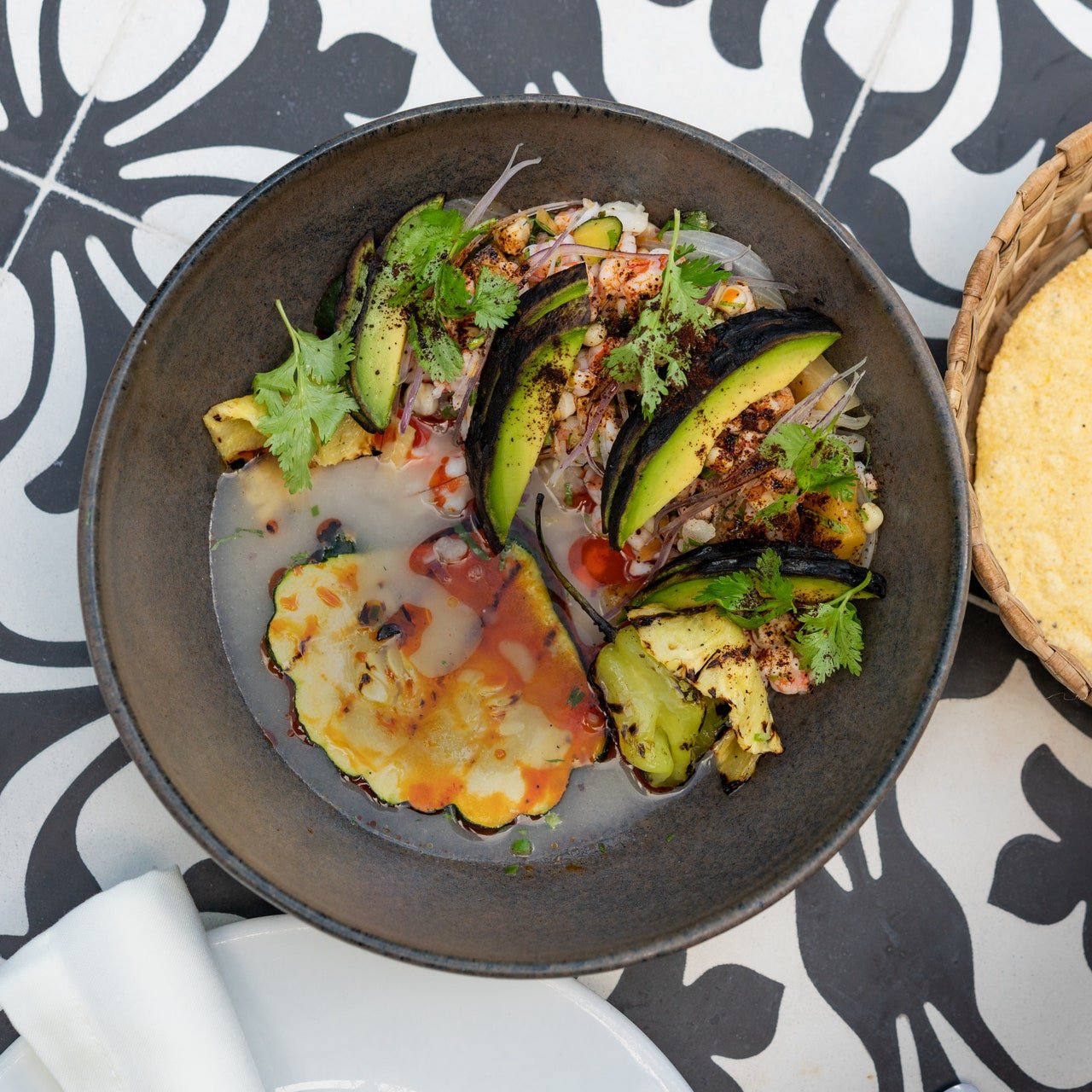
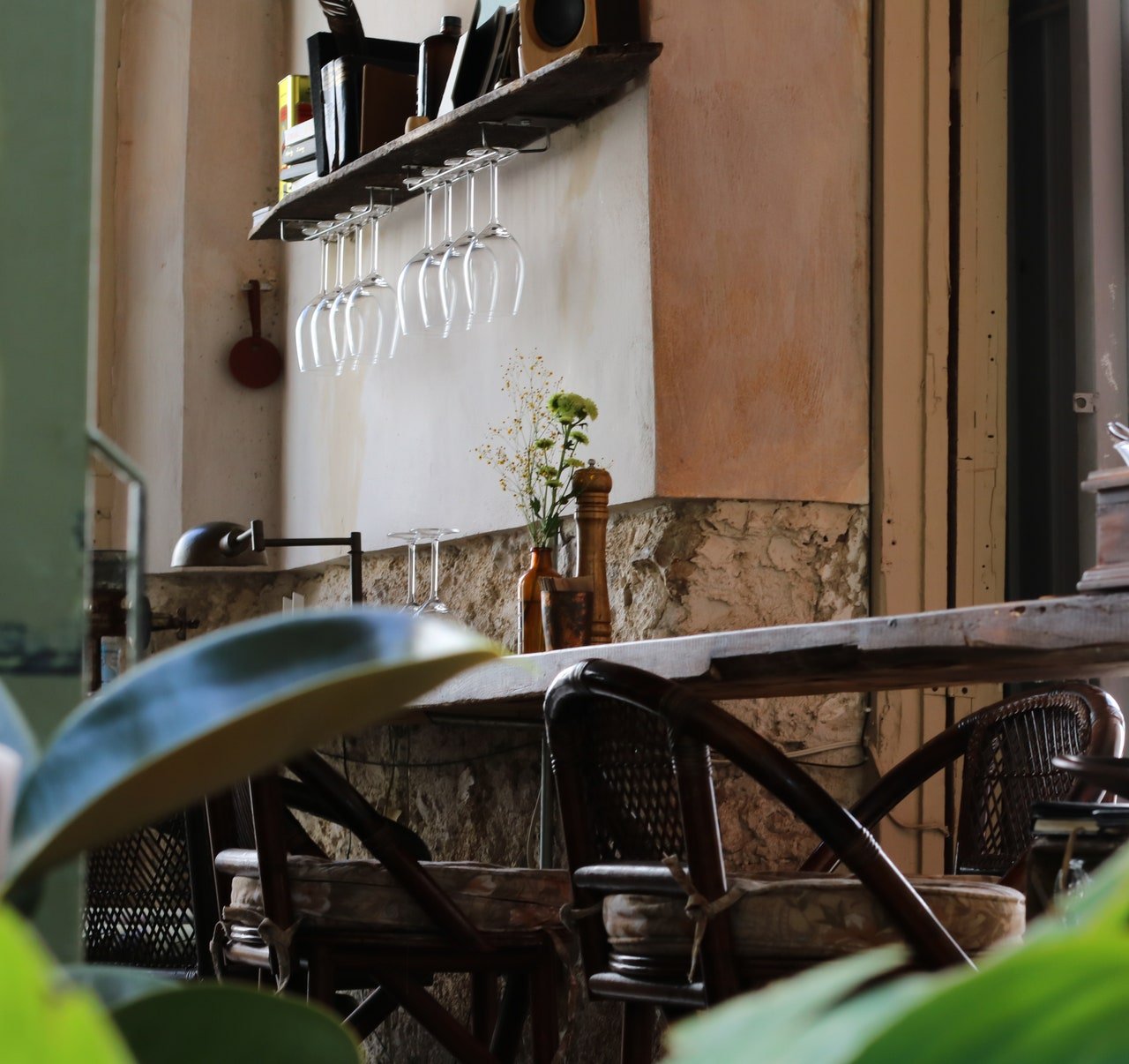
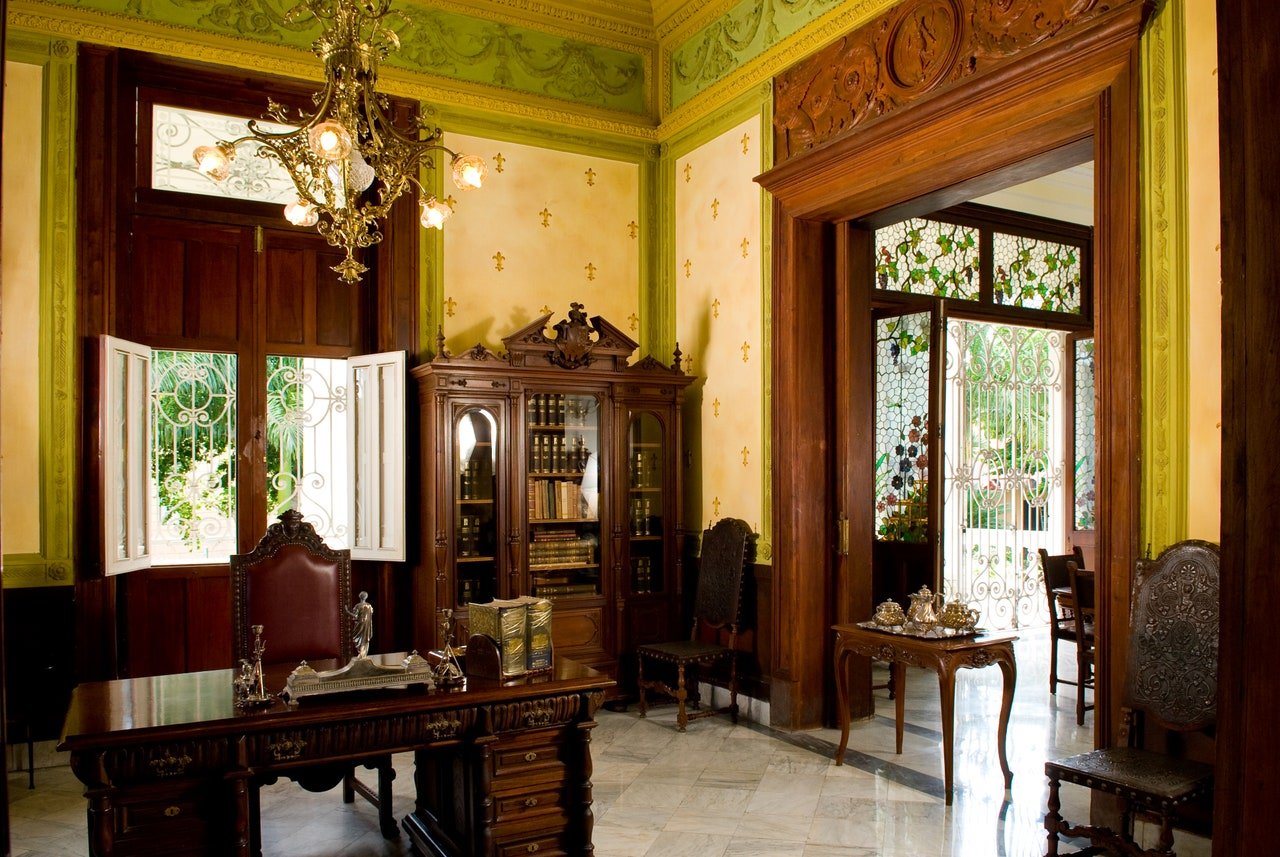

For a Mexican city whose reputation tends to concentrate on its gilded age of the early 20th century, some hundred years later, Mérida is experiencing a second coming. Between new hotels, restaurants, galleries, and museums, one way to describe the varied ventures in the city would be doing something new with something old: many of Mérida’s residents are drawing inspiration from the sense of history threaded both within the city, and throughout the lush Yucatán peninsula, in their pursuit of these bold new ventures.
One need only stroll along the (in January, hot and humid) Paseo de Montejo—named after the Spanish conquistador who founded the city in 1542—to get a taste of the city’s heyday, beginning in the final decades of the 19th century with its exporting of henequen, a native plant. By 1900, the use of this ‘green gold’ as a major industrial textile had brought prosperity to the city. Still today, Mérida’s tree-lined boulevards feature enormous, art nouveaumansions which vary from the romantically crumbling to the carefully preserved.
Unlike Mexico City, in Mérida one has the benefits of city life while being able to quickly and easily plunge into nature: the Yucatán region boasts around 8,000 cenotes, or natural freshwater sinkholes that, whether well-trodden or tucked away, are usually open for a dip. What’s more, awe-inspiring ancient Mayan sites are never more than one or two hours away, including the unmissable Uxmal and Chichen Itza. (You’ll also find that the work of many of the present-day architects and artists of Mérida subtly holds a mirror up to the distinctive Puuc style of those Mayan sites.)
Over the course of my stay in Mérida, most of the people I met didn’t hesitate to tell me how liveable a city it is. You can cycle around town, cool down in cenotes all summer, and rent or buy unique heritage properties—plus, it’s officially Mexico’s safest city. (Even as a visitor, however, the city quickly unfolds as one of the country’s most unmissable destinations.) With the further development of the historical center forthcoming—thanks to the creation of a new park, La Plancha, in an old rail yard—the coming year promises even more innovation within this Yucatán gem.
Where to Stay
If there’s one facet of Mérida’s tourist offering that has felt a little lacking, it’s hotels—but a spate of new openings is set to change that. With the city’s unique offering of late 19th and early 20th century colonial mansions, the restoration of such homes is an opportunity for special stays that feel like stepping back in time. Casa Colon, which is only bookable via Instagram, is one such mansion, having been in the owner’s family for generations. Unlike the other homes available to rent, however, this Parque de las Américas-adjacent home combines original period details with an up-to-the-minute curation of design objects and artworks that reflect the owner’s esoteric tastes.
Black and white images by Mexican photographers, like Luis Barragan-collaborator Armando Salas Portugal, hang the walls, alongside portraits of the family through the generations; antique typewriters and radios belonging to Jorge’s grandparents can be spotted throughout the property, along with vintage furniture by the likes of Florence Knoll and Philippe Starck, or a colorful Henry Moore print. Outside, a lush garden with sweet-smelling fruit trees reveals a concrete-poured swimming pool nestled in the back: the water is from the naturally-occurring garden well, a feature of such homes due to the underground springs that the city is built on. Sleeping up to eight, it is possible to have each stay personalized to your needs (I ate fresh ceviche on the lawn on arrival).
A new entry on the scene, meanwhile, is Hotel Cigno. Housed in a mansion dating from the 19th century, and nestled on the quiet cobbled streets of the central La Ermita neighborhood, the property has been painstakingly restored and updated to offer the perfect marriage of original details—mosaic tiled floors and corniced ceilings as you enter—with a thoroughly modern sense of space. Across ten rooms, a restaurant, and two pools at multiple levels, architect Roger González has created a peaceful enclave of tall pale terracotta walls and blue-tinted tiles that reveals hidden details around every corner. (One such surprise is the architect’s tribute to his favorite neighborhood church, the sunshine-yellow la Ermita de Santa Isabel.)
One of the benefits of Mérida as a city is just how easily you can get out of it—and if you fancy a break from the hustle and bustle of the center, look to Chable Yucatán, an established resort just half an hour’s drive from the airport. Located in the middle of dense Mayan forest, Chable is regularly voted one of Mexico’s best hotels, and it only takes a short stay to realize why. Set across 750 acres of the Maya jungle, Chable was formerly a vast hacienda dating from the 18th century, and throughout the grounds, you’ll come across the original, time-worn gates from that time.
But among all this vastness—with aviaries, orchards and a private cenote all best explored by the provided bicycles—the resort’s most impressive asset is a sense of genuine privacy. With an emphasis on personal casitas surrounded by lush greenery, as well as an in-house, world-class spa, Chable takes relaxation seriously. And rest assured that among all this breathtaking nature, the resort takes care to promote its protection and preservation: the hotel endeavours to promote the protection of endangered species local to the Yucatán and native plant restoration, as well as to reduce plastic use in every possible respect.
Where to Eat and Drink
In Mérida, it’s tempting to segue from breakfast to lunch to dinner without doing much else—partly thanks to the hot weather, but also enabled by the city’s buzzing dining landscape filled with endless choices. Apoala is arguably the restaurant that started it all: since it opened on Parque de Santa Lucia ten years ago, the square and the neighboring Calle 60 have blossomed with eateries and shops. But its prestigious reputation is well-earned: chef Sara Arnaud’s dedication to showing the best of Oaxacan cuisine still makes for a unique dining experience within Mérida. Whether eating fried zucchini blossoms, or beef short rib with pineapple sauce—maybe with a mescal-based Fortini cocktail, named after the Oaxacan mountain—the food and the people-watching at Apoala is hard to beat.
At the opposite end of the spectrum (in terms of newness, at least) is the recently-opened El Remate, a huge space at the tip of the city’s classic tree-lined boulevard, the Paseo de Montejo. A multi-purpose dining and drinking space opened by a New York City ex-pat, El Remate encompasses a downstairs main dining area, a more casual pizza restaurant, Neo, and, upstairs, El Gato, a bar with an unrivaled view all the way down the boulevard. (Having only been open for three weeks when I visited, the rooftop bar was buzzing with young groups of friends enjoying cocktails.) For dinner, groups can explore various Mexican mains, or opt to share the restaurant’s specialties from the grill, like traditional mustardy pescado zarandedo.
At nearby Ramiro Cocina, a small, daytime-only restaurant, the choice between sitting in the sun-dappled garden or the stone-topped bar—where you can watch the chefs at work—can be a difficult one. But in either setting, the food itself will be just as good, featuring various kinds of mole, minguiche (a tomato soup with milky cheese), gooey pork or squash blossom quesadilla, or the signature bacalao to share (cod stew); perfect when paired with the house fresh fruit juices. The restaurant’s recipes are all inspired by the founder’s grandfather (and the restaurant’s namesake) who, at 95 years old, is still able to come into the kitchen from time to time and show the team how it’s done.
If you did want some non-Mexican cuisine over the course of your stay, Oliva Enoteca over by the Parque de Santa Ana is gaining regulars for its homemade gnocchi, classic pasta dishes, and lemony seafood risotto with fresh octopus. (As Apoala did with Calle 60 before it, Oliva is heralding the transformation of Calle 47 as a new zone of interest in Mérida). Other notable spots include Salón Gallosfor its wine bar, gallery, and cinema showing classic movies, while Pan & Køf.feé and smaller newcomer Soco come recommended for their freshly baked sourdough and pastries in the morning.
What to Do
Your cultural schedule in Mérida can be most easily split into two categories: that is, to either journey back in time, or pick up the current with the present day. When it comes to perfectly preserved homes of the gilded age, don’t miss out on the Quinta Montes Molina, the Paseo de Montejo mansion that has remained in the Montes Molina family since they bought it from a Cuban businessman in 1919. Being shown around the light-filled mansion is less like touring a museum than getting a glimpse into a lived-in family home, filled with objects from around the world through the generations. On the spacious grounds, a forthcoming restaurant and cultural center are nearing completion, with the aim of making Quinta as much a hub for contemporary artists as antiques obsessives.
For shopping, highlights along Paseo de Montejo include Casa T’hō, which transforms into a cocktail bar with a pretty courtyard in the evenings. In interconnecting rooms, you’ll find work from different Mexican creative talent, including perfumery Xinú, uncovering botanical scents from across the Americas, and Mexico City-based designer Carla Fernandez, whose idiosyncratic accessories and loosely tailored separates are the result of her collaborations with artisans across indigenous and mestizo communities. At Taller Maya on the Parque de Santa Ana—across the way from taqueria food vendors and Santa Ana church—a floor-to-ceiling windowed space showcases clothing, accessories, and homeware handmade by Yucatán artisans. Established in 2002, the platform currently collaborates with more than 200 artisans and 40 communities in the peninsula: on each label, you’ll find written the artisan’s name, the name of their community, and the material and/or technique used. When I visited, a gigantic black and red chequered tufted rug couldn’t help but catch my eye—but it would have been a stretch for my hand baggage.
Original article appeared in Vouge Travel here
